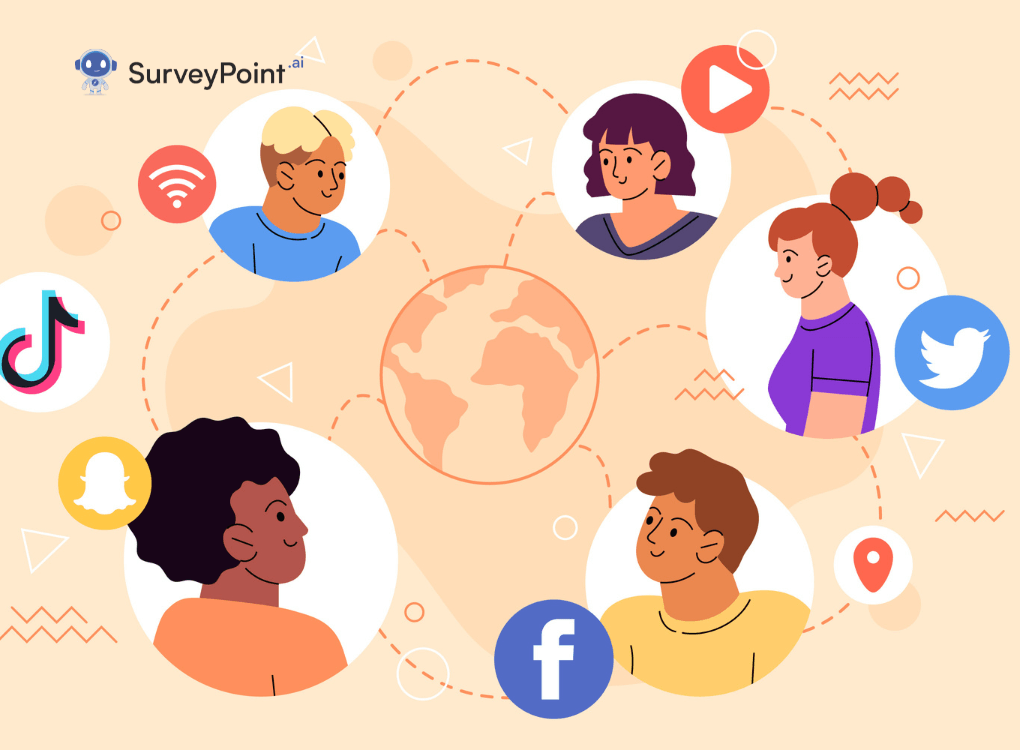
In the age of digital connectivity, social networking has become an integral part of our daily lives. From staying in touch with friends and family to building professional connections, social networking platforms have revolutionized the way we interact, communicate, and collaborate. But what exactly is social networking, and how does it work?
What is Social Networking?
At its core, social networking refers to the use of dedicated online platforms or applications to connect with others, share information, and engage in various forms of communication. These platforms facilitate the creation and maintenance of virtual communities where users can interact and share content in real-time.
How Does Social Networking Work?
Social networking platforms utilize a combination of technology and user-generated content to foster interactions. Users create profiles that typically include personal information, interests, and photos. They can then connect with others by sending friend requests or following their profiles. Once connected, users can share updates, photos, videos, and links, as well as engage in conversations through comments, likes, and private messages.
What Are Social Networks?
Social networks are online platforms or communities that enable users to connect and interact with others who share similar interests, backgrounds, or relationships. Examples include Facebook, Twitter, Instagram, LinkedIn, Snapchat, and TikTok, each catering to different demographics and purposes.
What is the Purpose of Social Networking?
The primary purpose of social networking is to facilitate communication and connection between individuals, whether for personal or professional reasons. Users can use social networks to stay in touch with friends and family, meet new people, share experiences and interests, seek advice, collaborate on projects, and even find job opportunities.
What Are the Different Types of Social Networking?
Social networking can be categorized into various types based on their primary focus and features. Some common types include:
- Personal Social Networks: Platforms like Facebook and Instagram focus on connecting individuals for personal interactions and sharing experiences.
- Professional Social Networks: LinkedIn is a prime example of a platform designed for professionals to network, showcase their skills, and find job opportunities.
- Interest-Based Social Networks: Platforms like Reddit and Pinterest bring together users with common interests, allowing them to share and discuss topics ranging from hobbies to niche interests.
- Media Sharing Networks: Platforms such as YouTube and TikTok specialize in sharing and discovering multimedia content, including videos, music, and short-form videos.
Advantages and Disadvantages of Social Networking
While social networking offers numerous benefits, it also comes with its own set of advantages and disadvantages.
Advantages:
- Enhanced Communication: Social networking facilitates instant communication and allows users to stay connected regardless of geographical barriers.
- Networking Opportunities: Social networks provide platforms for building professional connections, finding job opportunities, and collaborating on projects.
- Information Sharing: Users can easily share news, updates, and information with their network, fostering knowledge exchange and awareness.
- Community Building: Social networks enable the formation of communities based on shared interests, fostering a sense of belonging and support.
- Marketing and Branding: Businesses can leverage social networking platforms for marketing, advertising, and brand promotion.
Disadvantages:
- Privacy Concerns: Social networking raises privacy issues related to the collection and misuse of personal data by platform providers and third parties.
- Cyberbullying and Harassment: Users may experience cyberbullying, harassment, or online abuse, leading to negative psychological effects.
- Information Overload: The constant stream of updates and notifications on social networks can lead to information overload and decreased productivity.
- Fake News and Misinformation: Social networks can be breeding grounds for fake news, misinformation, and propaganda, leading to misinformation and polarization.
- Addiction and Distraction: Excessive use of social networking platforms can lead to addiction, distraction, and a decline in mental well-being.
Social Networks in Business
Businesses are increasingly leveraging social networking platforms to engage with customers, build brand awareness, and drive sales. Social media marketing allows businesses to reach a wide audience, target specific demographics, and track the effectiveness of their campaigns through analytics tools. Additionally, social networks provide platforms for customer service, feedback collection, and reputation management.
Examples of Social Networking
Several successful social networking platforms have emerged over the years, each catering to different audiences and purposes. Some notable examples include:
- Facebook: The largest social networking platform with billions of users worldwide, offering features for personal connections, content sharing, and advertising.
- LinkedIn: A professional networking platform geared towards professionals and businesses for career development, networking, and recruitment.
- Instagram: A visual-centric platform for sharing photos and videos, popular among younger demographics and businesses for visual storytelling and marketing.
- Twitter: A microblogging platform known for its real-time updates, hashtags, and trending topics, used for news sharing, conversations, and brand engagement.
- TikTok: A short-form video platform popular among younger audiences for creating and sharing entertaining videos, music, and challenges.
Conclusion
In conclusion, social networking has transformed the way we connect, communicate, and collaborate in the digital age. From personal interactions to professional networking and business marketing, social networking platforms offer myriad opportunities and challenges. By understanding the mechanics, purposes, and impacts of social networking, users can make informed decisions and harness the power of these platforms for positive outcomes. As social networking continues to evolve, it is essential to navigate its complexities responsibly and ethically to maximize its benefits while mitigating its risks.




